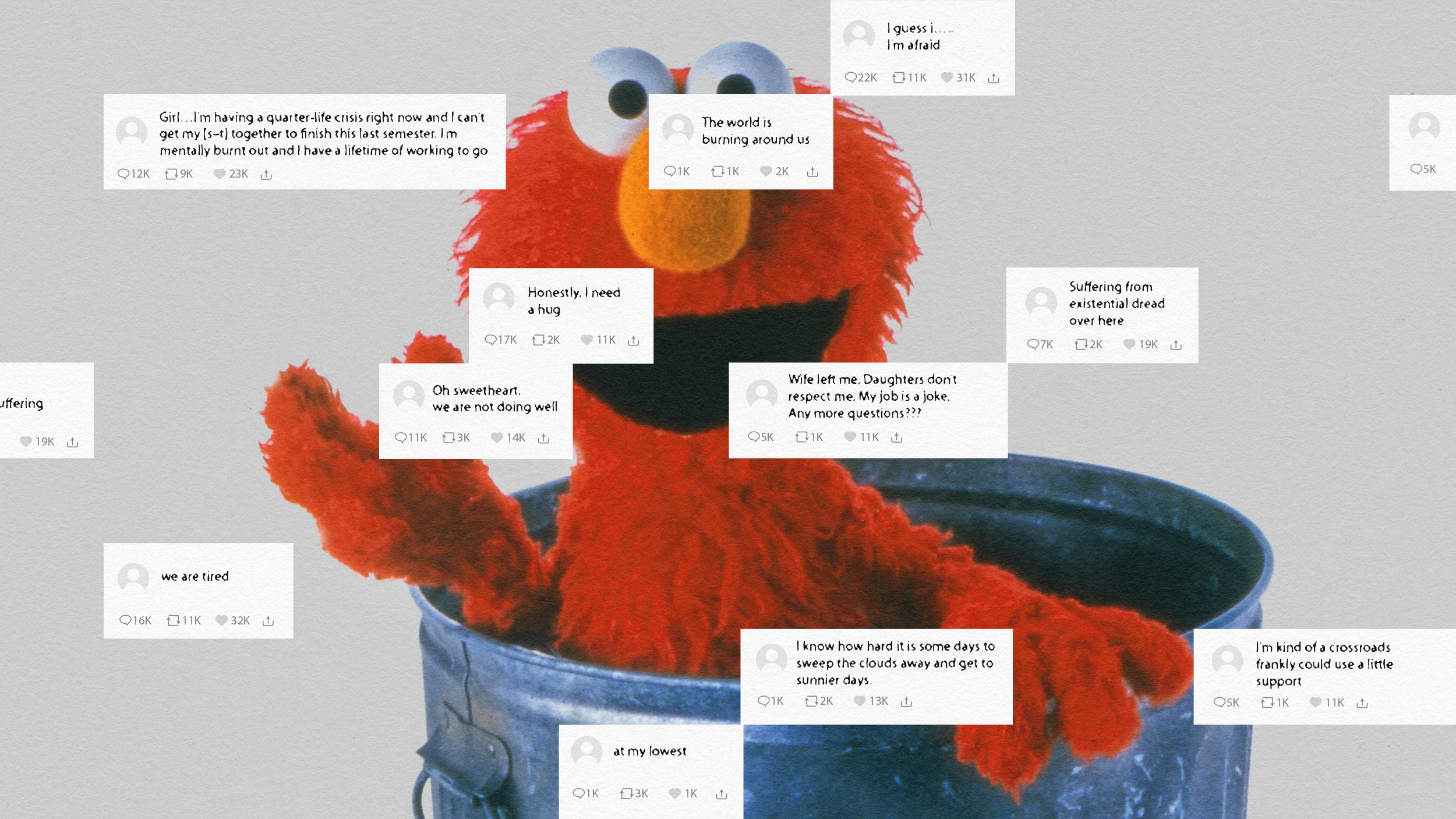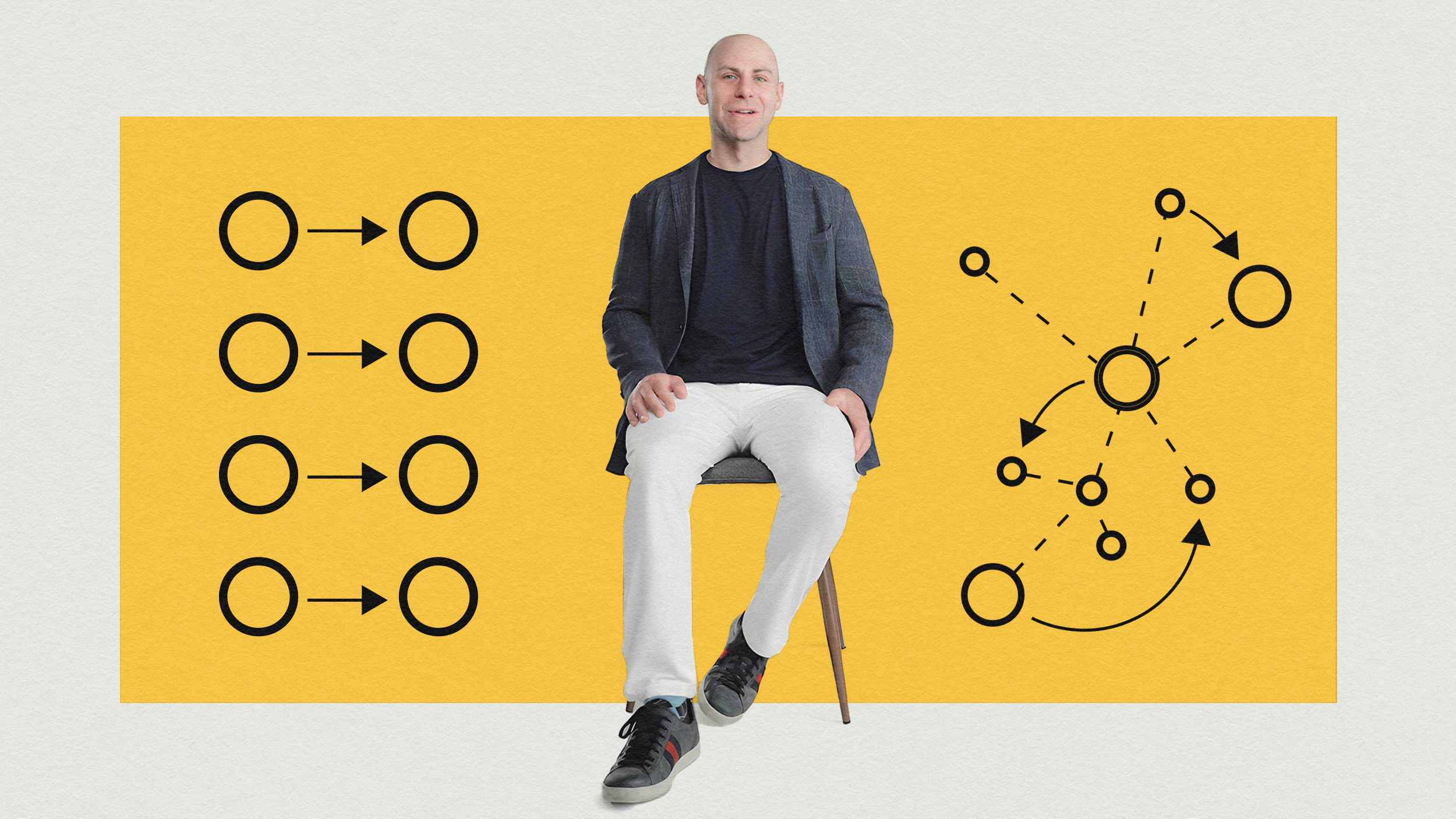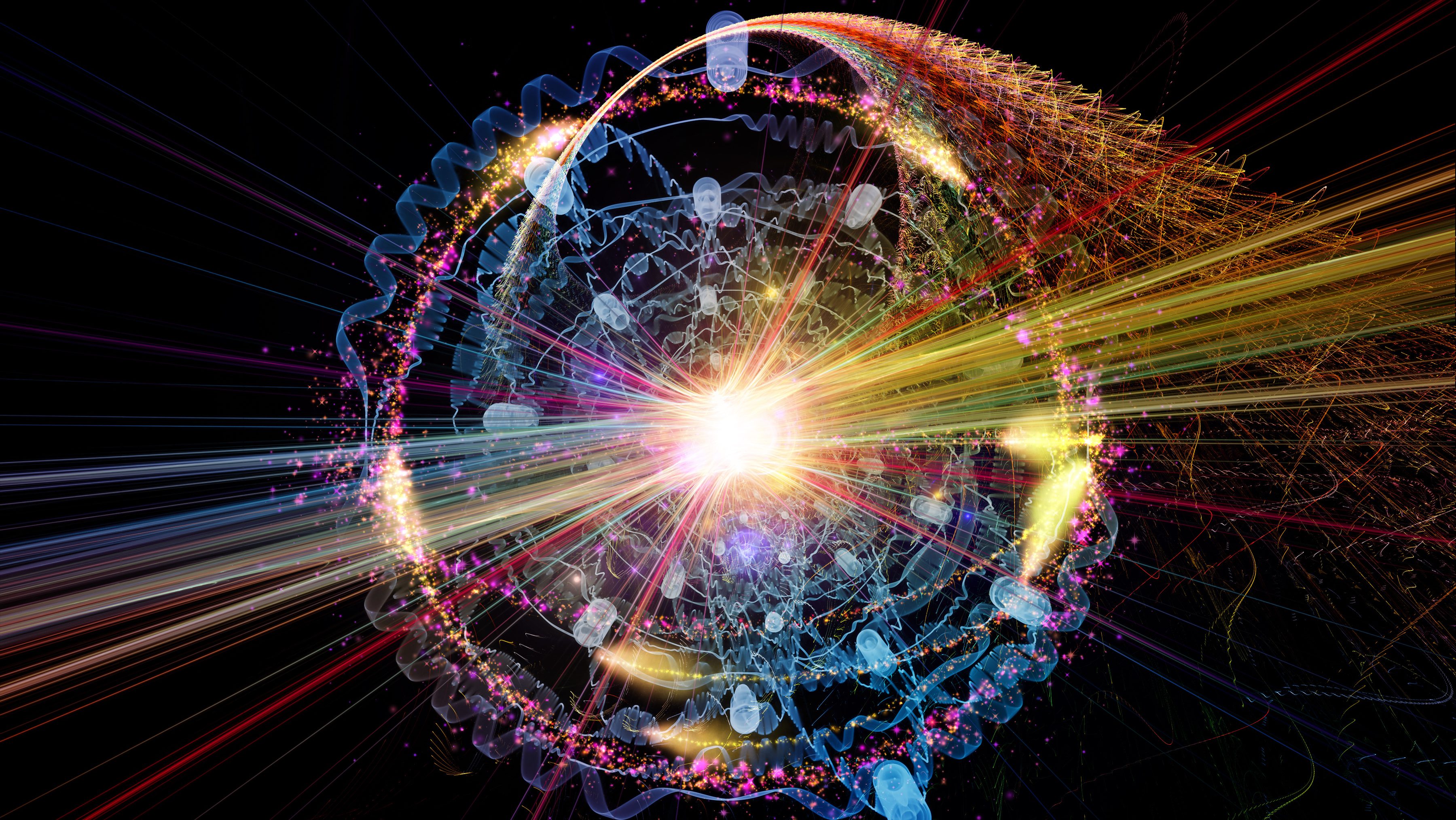Fred Wilson on the Future of Venture Capital

Fred Wilson thinks that Venture Capital is changing — in 25 years, VCs may not have any assets under management.
Last night, Sarah Lacy asked Fred Wilson ‘The Thiel Question’ – something that Peter Thiel commonly asks prospective investments: “What do you believe that very few people agree with you about.”
Wilson’s answer was that in the venture capital market, there ultimately wouldn’t be a need for VCs to ever have funds.
Today, VCs raise money from Limited Partners (LPs), who trust the VCs to use that money to invest in companies that will have amazing growth over the next 3-10 years and deliver a good return on investment.
The VCs primary value provided is to source and structure the deal and then provide ongoing advice and guidance to nurture the investment. By contributing money to the VC Fund, the LP is simply betting that the VC will be capable of sourcing and structuring deals and then nurturing them to success.
Storing Limited Partner money in their bank account, just waiting to invest it is inefficient for VCs. Instead, VCs should be able to submit, on a platform like AngelList, the investment terms, company overview, and personal commitments. Once it’s up, we can easily let the market provide the money ad hoc.
Wilson’s right, this future seems logical and inevitable. In fact, AngelList is already starting to successfully provide this type of disruption in the seed investment market via their Invest Online feature.
As a new angel investor, I’ve joined this market at a very interesting and disruptive time in it’s life. As Naval Ravikant would say, “we’re witnessing the unbundling of advice, control, and money.”
In a world where advice, control, and money become unbundled — the money will become a commodity chasing those with the best reputations for success.
Therefore, the Fred Wilson of 2040 will want to focus primarily on giving great advice and helping guide the company responsibly from his perch on the board.
Fred Wilson said he thinks this change will happen decades from now, but, it’s already starting to happen for very early-stage investing. This won’t happen quickly, but expect to see more and more “out-there” experiments.
If you are interested in early-stage investing one day, it’s worth noting that building your expertise and brand will matter significantly in the future. It’s why entrepreneurs will pick you today and it’s why money will follow you tomorrow.
Photo: 




